 This weekend I was, at last, able to add another walk to my Walks Diary. I started this diary in the New Year and it hasn’t been going well. A cocktail of endless family illnesses, snow, and building chaos meant lots of blank pages. We love to walk and if asked what they would most prefer to do for the day, our kids will often say, go for a walk in the countryside. Long may it last! I remember Little Owl once loudly wondering to me that she hadn’t had a picnic on a tree stump in a while.
This weekend I was, at last, able to add another walk to my Walks Diary. I started this diary in the New Year and it hasn’t been going well. A cocktail of endless family illnesses, snow, and building chaos meant lots of blank pages. We love to walk and if asked what they would most prefer to do for the day, our kids will often say, go for a walk in the countryside. Long may it last! I remember Little Owl once loudly wondering to me that she hadn’t had a picnic on a tree stump in a while.
However, the silly thing we often do is go for a great walk and then say to ourselves something like, oh next time we’ll turn left there and do that extra loop down to the stream; or, that would have been a better place for the picnic; or, we should come back in spring when this place must be full of bluebells; and by the time we do the walk again, we’ve forgotten! Some of you also know my pursuit of simple, seasonal living as a defence against mental illness and some of the unhealthy aspects of modern life. I’d like our walks to reflect a natural rhythm: to walk where the flowers are blooming when they are blooming if you like.
Anyway, at last, this weekend I could photocopy the OS map, mark our route with a coloured crayon and make notes. The walk was in the area around Hound Tor on Dartmoor, taking in Kitty Jay’s grave, Bowerman’s Nose, and the Hound Tor medieval settlement. Kitty Jay was a young maiden betrayed by her betrothed who then hanged herself. There are always flowers on her grave and it is said they are put here by a ghostly hand who won’t let her memory be forgotten. Poor old Bowerman was an 11th century hunter who disturbed a coven of witches and was turned into stone for his trouble. Dartmoor is cluttered with these sorts of stories and I love it. Clambering over rock-strewn hilltops, and then down into deep, dark, mossy lanes, Dartmoor is one of the oldest-feeling places I’ve ever been. Everything about it tingles with an ancient and almost other-worldy atmosphere, even on a bright sunny day in June.
Funnily enough, it was the very real ruins of the medieval settlement nestled between Hound Tor and Greator Rocks that felt the most mysterious to me. It has the perfect vantage point, looking down the wooded valley towards Manaton. I could imagine lookouts posted on both sets of rocks to keep watch for marauders from the South and West. Originally Bronze Age, it was resettled around the 9th century. Now all that remains are a few gentle, overgrown mounds and piles of stones, perfect for hobbits. From up on Hound Tor it’s easier to see the intention in the layout, which sets it apart from the surrounding piles of rocks and mounds left by nature. Very little is known about the people who lived on Dartmoor in the Bronze Age. They seem so strange and distant, living before Hellenism and the post-Enlightenment paradigm of this age. How did they think and see the world? Recently the Woodland Trust and The National Trust undertook an archaeological dig at Wooston Castle, not far away in Fingle Woods. Wooston Castle is an Iron-Age hill fort in an unusual position, not up on a hill as is most often the case. You can read more about the dig here. I’m excited to hear the results when they come out.
In other news, look who’s been hanging around the allotment!

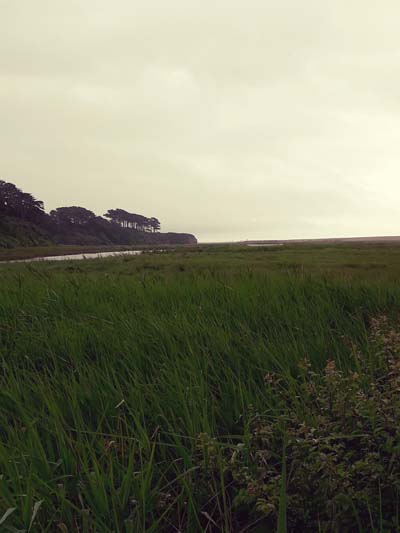 The summer term is cranking up a gear. School photos were last week, Finch instantly recognisable with his white blonde curly hair in the front row with his pre-school pals. Little Owl also easily identifiable by the chunk of hair she cut off the front part of her head over the Easter holidays, standing up at right angles where her clip has slipped. Then it’s sports days, library trips, and the Summer Fair. I’m on popcorn and candyfloss this year, all in a bid to avoid going back on the Hook-a-Duck stall. Never again!
The summer term is cranking up a gear. School photos were last week, Finch instantly recognisable with his white blonde curly hair in the front row with his pre-school pals. Little Owl also easily identifiable by the chunk of hair she cut off the front part of her head over the Easter holidays, standing up at right angles where her clip has slipped. Then it’s sports days, library trips, and the Summer Fair. I’m on popcorn and candyfloss this year, all in a bid to avoid going back on the Hook-a-Duck stall. Never again!
 This weekend I was, at last, able to add another walk to my Walks Diary. I started this diary in the New Year and it hasn’t been going well. A cocktail of endless family illnesses, snow, and building chaos meant lots of blank pages. We love to walk and if asked what they would most prefer to do for the day, our kids will often say, go for a walk in the countryside. Long may it last! I remember Little Owl once loudly wondering to me that she hadn’t had a picnic on a tree stump in a while.
This weekend I was, at last, able to add another walk to my Walks Diary. I started this diary in the New Year and it hasn’t been going well. A cocktail of endless family illnesses, snow, and building chaos meant lots of blank pages. We love to walk and if asked what they would most prefer to do for the day, our kids will often say, go for a walk in the countryside. Long may it last! I remember Little Owl once loudly wondering to me that she hadn’t had a picnic on a tree stump in a while.
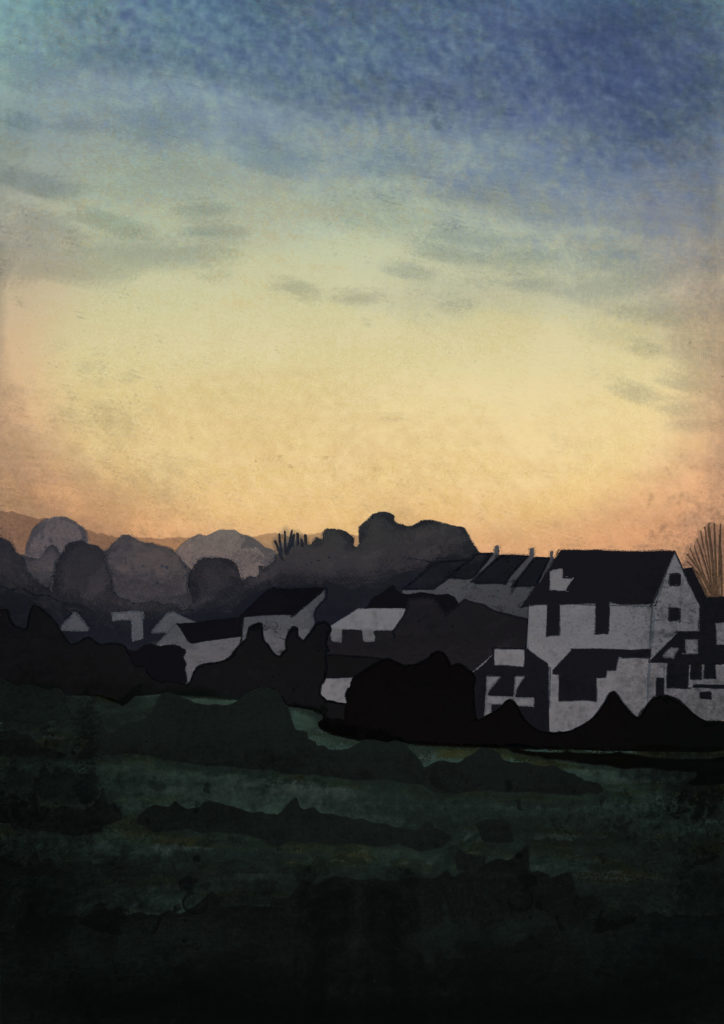 I am back at my desk after an action-packed half term. The camping trip was a surprising success considering we slept through an almighty thunderstorm. ‘Sleeping’ is probably a bit of a stretch but we definitely nodded off at some points during the night. It was all worth it for the amount of fun the kids had. We were camping on a small family-run, working farm not far from us. We watched the cows being milked, visited the pigs and chickens, paddled in the stream, and bought the milk for our breakfast from the farm shop in an old-fashioned milk bottle. Hopefully we made some happy childhood memories that will stick.
I am back at my desk after an action-packed half term. The camping trip was a surprising success considering we slept through an almighty thunderstorm. ‘Sleeping’ is probably a bit of a stretch but we definitely nodded off at some points during the night. It was all worth it for the amount of fun the kids had. We were camping on a small family-run, working farm not far from us. We watched the cows being milked, visited the pigs and chickens, paddled in the stream, and bought the milk for our breakfast from the farm shop in an old-fashioned milk bottle. Hopefully we made some happy childhood memories that will stick.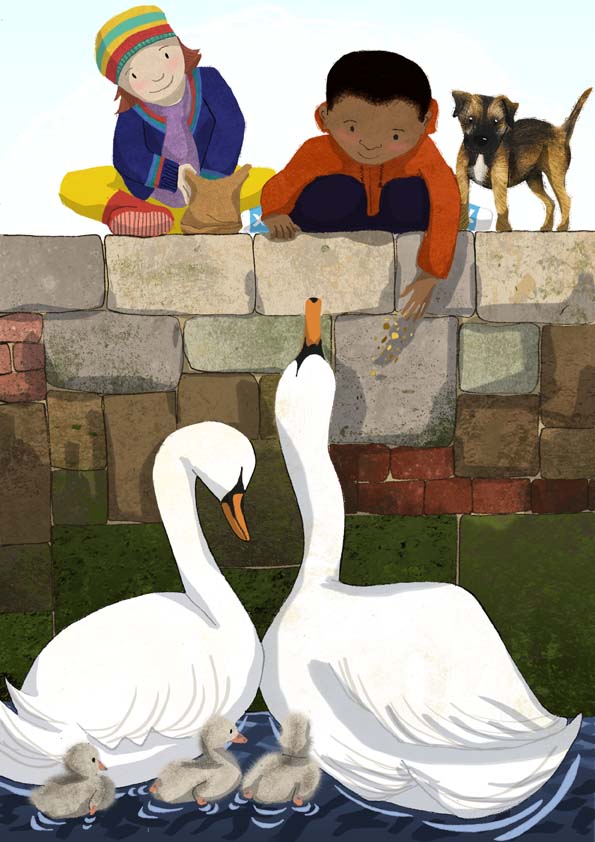
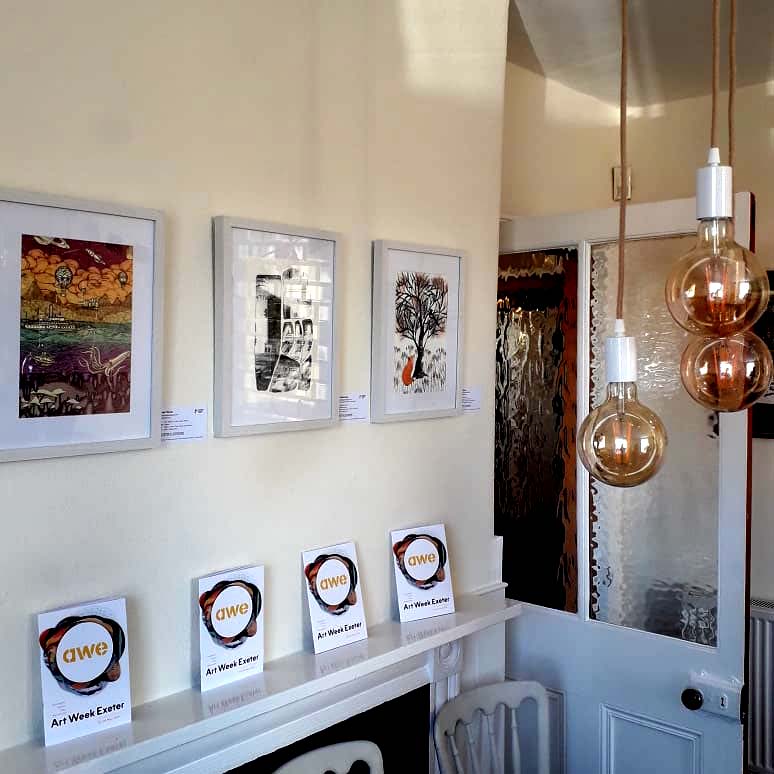 There is an old Westcountry name for the nights of the 19th, 20th and 21st of May. These are the Franklin Nights, feared for bringing late frosts to the orchards and causing a bad harvest. Down this way it is believed that nothing tender should be planted out until these nights have passed. No one knows who Franklin is, possibly a disgruntled ale brewer or St Dunstan who sold his soul to the devil for these three nights. Whoever he was, we’ve escaped unscathed this year. The Franklin Nights have been warm and dimpsy. On Monday evening I watched a bat careering around our neighbour’s cherry tree in mad figures of eight, feasting on the evening’s insects. Aren’t they wonderful to watch? Amazing aerial acrobats!
There is an old Westcountry name for the nights of the 19th, 20th and 21st of May. These are the Franklin Nights, feared for bringing late frosts to the orchards and causing a bad harvest. Down this way it is believed that nothing tender should be planted out until these nights have passed. No one knows who Franklin is, possibly a disgruntled ale brewer or St Dunstan who sold his soul to the devil for these three nights. Whoever he was, we’ve escaped unscathed this year. The Franklin Nights have been warm and dimpsy. On Monday evening I watched a bat careering around our neighbour’s cherry tree in mad figures of eight, feasting on the evening’s insects. Aren’t they wonderful to watch? Amazing aerial acrobats!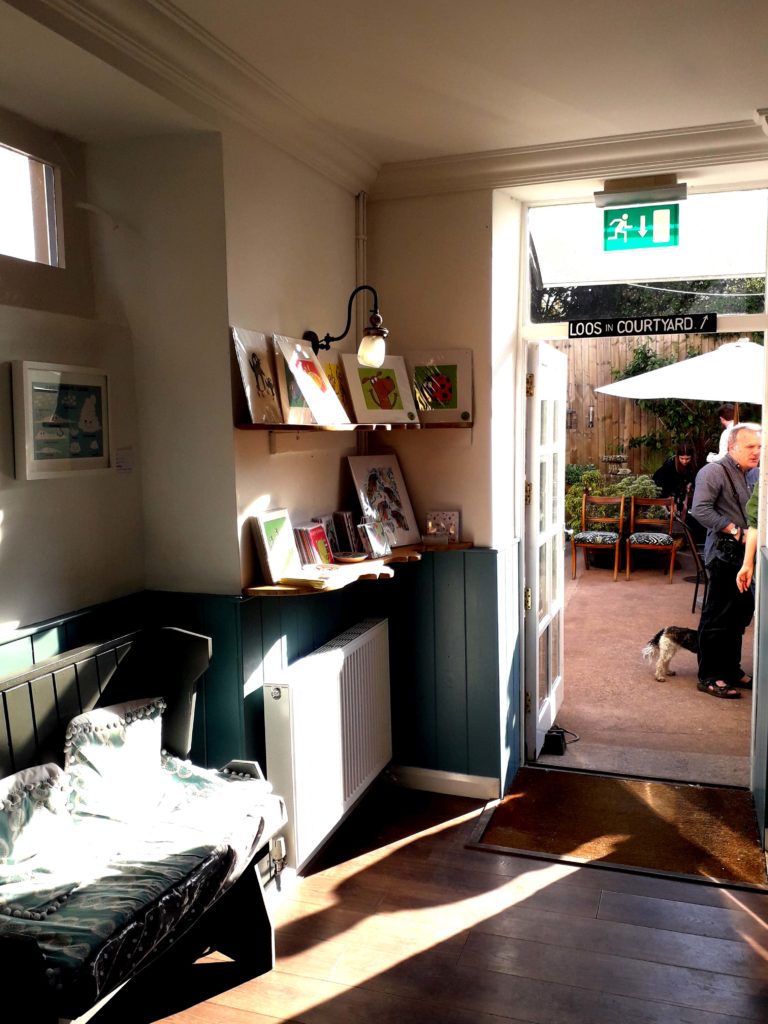
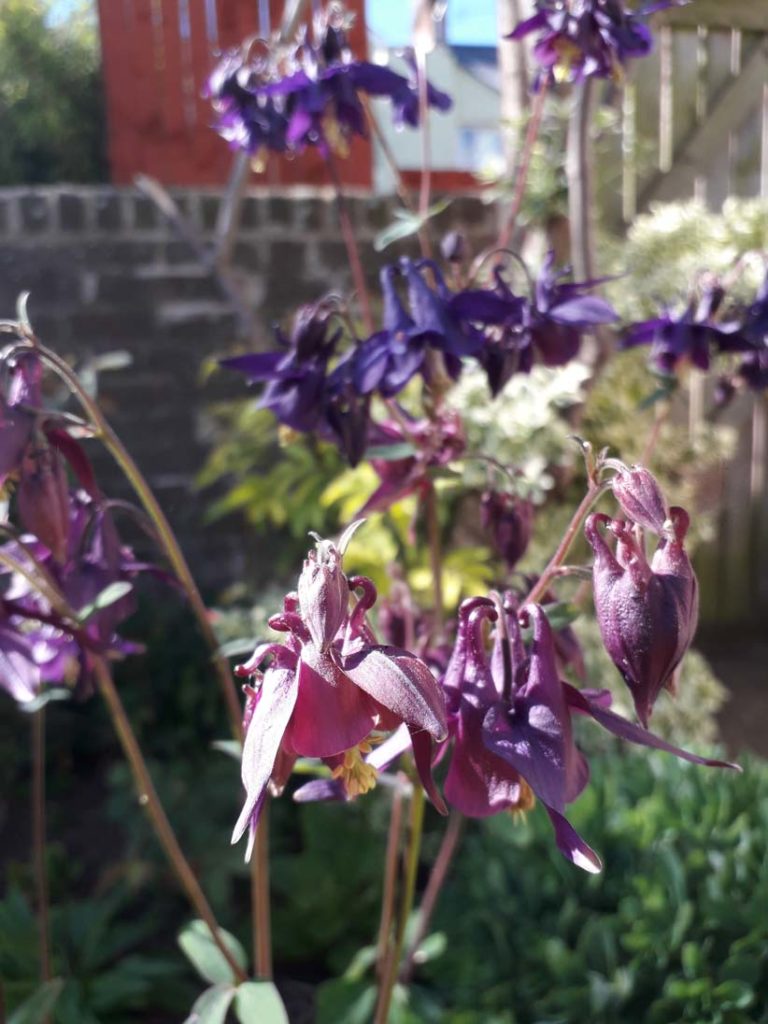 Coffee breaks at this time of the year are to be savoured. Today the sun is out as I take up a comfy spot on the garden bench made for us by
Coffee breaks at this time of the year are to be savoured. Today the sun is out as I take up a comfy spot on the garden bench made for us by  The bank holiday saw the end of our sailing dreams. For those of you who don’t know, we have been renovating a little sailing boat. It’s been lots of hard work but we’ve had some lovely outings on her. Sadly this weekend saw her last voyage. As Big Dreamer and my brother-in-law rounded the buoy, heading back for shore, something snapped and she sprang a fatal leak. She capsized, tipping Big Dreamer, my brother-in-law, Little Owl, Finch, and my niece into the water. Fortunately the water wasn’t deep, the lads were able to stand. We had to wait until low tide to be able to get the trailer out across the sands to rescue her. Little Owl thought it was quite the adventure. Finch has sworn he will never get in a boat again! It was all very disappointing but in the end, we think she’s just too old and was left neglected for too long.
The bank holiday saw the end of our sailing dreams. For those of you who don’t know, we have been renovating a little sailing boat. It’s been lots of hard work but we’ve had some lovely outings on her. Sadly this weekend saw her last voyage. As Big Dreamer and my brother-in-law rounded the buoy, heading back for shore, something snapped and she sprang a fatal leak. She capsized, tipping Big Dreamer, my brother-in-law, Little Owl, Finch, and my niece into the water. Fortunately the water wasn’t deep, the lads were able to stand. We had to wait until low tide to be able to get the trailer out across the sands to rescue her. Little Owl thought it was quite the adventure. Finch has sworn he will never get in a boat again! It was all very disappointing but in the end, we think she’s just too old and was left neglected for too long. The milk moon was enormous on Monday morning. It balanced on the ridgeline of the distant hills, silvery white against a dawn sky of orange and pinks. I watched a swan circle, its wings tipped with gold, then disappear behind the tree line. The weekend was a big one in our house. Little Owl went away on her first ever Brownie camp. The excitement had been building all last week as we gathered the kit list together. Big Dreamer took her and her friends to the rendezvous point and wished he’d worn ear defenders. Little Owl quadrupled, equaled an ear-damaging decibel range of high-pitched squealing and shrieking.
The milk moon was enormous on Monday morning. It balanced on the ridgeline of the distant hills, silvery white against a dawn sky of orange and pinks. I watched a swan circle, its wings tipped with gold, then disappear behind the tree line. The weekend was a big one in our house. Little Owl went away on her first ever Brownie camp. The excitement had been building all last week as we gathered the kit list together. Big Dreamer took her and her friends to the rendezvous point and wished he’d worn ear defenders. Little Owl quadrupled, equaled an ear-damaging decibel range of high-pitched squealing and shrieking.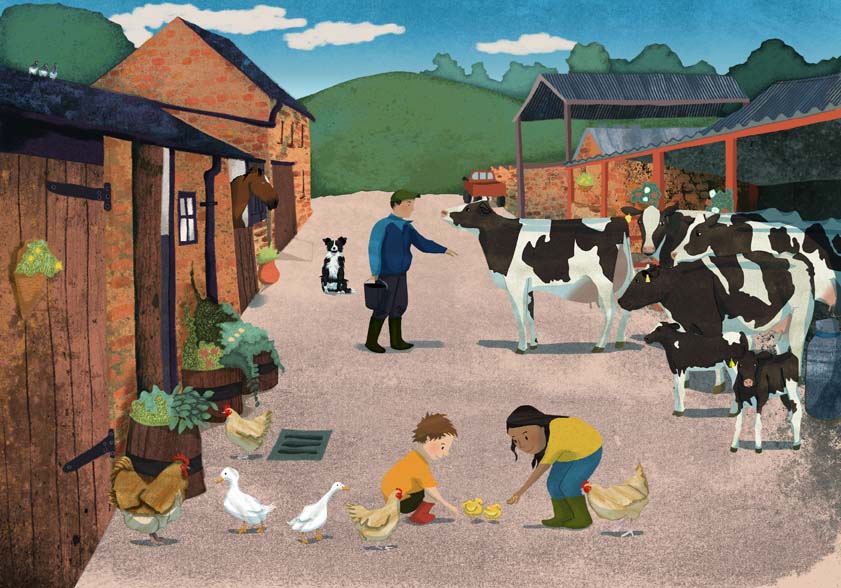 Birds, blossom and buds are all flourishing along the river banks now the weather has warmed and it has finally stopped raining. There are rabbits everywhere. I have disturbed the grey heron from his huntings several times on my bike, causing him to lope off on enormous wings with a huffy look on his face. Those black streaks over a heron’s eyes always look like ferocious eyebrows to me and they were definitely frowning in my direction. There is a swan’s nest on the canal bank which has been surrounded by orange plastic fencing by some helpful official. Having once happened on a group of school boys throwing rocks at a pair of swans on their nest on another canal, I am glad of this. It’s good to know people are keeping a watchful eye. Although, it must be said, the Cob looked perfectly capable of handling any trouble as I watched him seeing off some ducks who innocently infringed his personal space.
Birds, blossom and buds are all flourishing along the river banks now the weather has warmed and it has finally stopped raining. There are rabbits everywhere. I have disturbed the grey heron from his huntings several times on my bike, causing him to lope off on enormous wings with a huffy look on his face. Those black streaks over a heron’s eyes always look like ferocious eyebrows to me and they were definitely frowning in my direction. There is a swan’s nest on the canal bank which has been surrounded by orange plastic fencing by some helpful official. Having once happened on a group of school boys throwing rocks at a pair of swans on their nest on another canal, I am glad of this. It’s good to know people are keeping a watchful eye. Although, it must be said, the Cob looked perfectly capable of handling any trouble as I watched him seeing off some ducks who innocently infringed his personal space.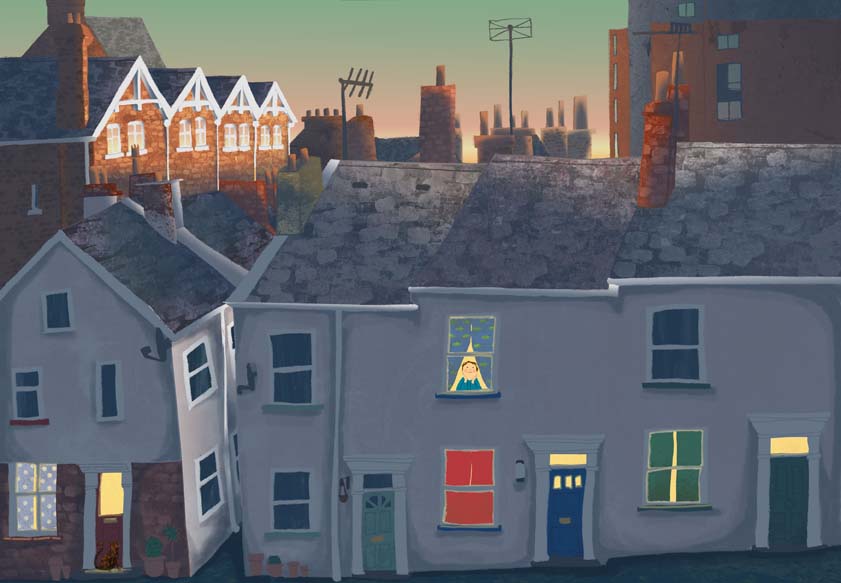 Little Owl went back to school today after two weeks of Easter holidays in which it was either grey and raining or grey and cold. Finch and Wren were bereft as they waved her through the school doors. What would they do without their ringleader? Where would they turn now for encouragement to cut chunks out of the front of their hair? (That was Thursday’s bit of entertainment).
Little Owl went back to school today after two weeks of Easter holidays in which it was either grey and raining or grey and cold. Finch and Wren were bereft as they waved her through the school doors. What would they do without their ringleader? Where would they turn now for encouragement to cut chunks out of the front of their hair? (That was Thursday’s bit of entertainment).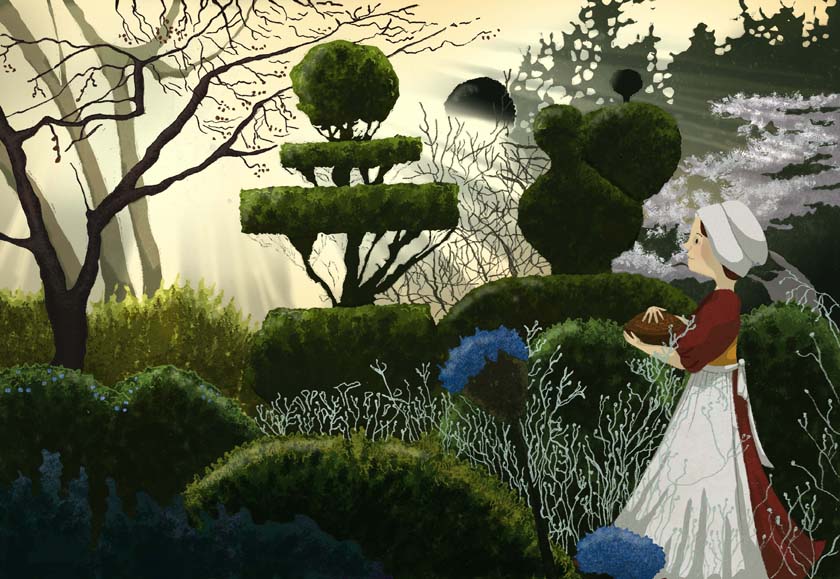 A year has passed and I don’t need to look back at old blog posts to know exactly what I was doing this time last year. April is my mum’s birthday and to celebrate, every year my mum, my sister, and I head off for the day to explore some old stately home or beautiful garden. We chat, we stroll, we drink tea, and we eat cake. A gift shop, a tearoom, a plant sale and a second-hand bookshop are essentials. We don’t get tapped or tugged, we don’t wipe any bottoms other than our own and we get to finish our sentences. It’s wonderful. So this time last year I know I was sat on a springy lawn surrounded by snake’s-head fritillaries, the sound of the sea in the distance, dressed in a short-sleeved dress.
A year has passed and I don’t need to look back at old blog posts to know exactly what I was doing this time last year. April is my mum’s birthday and to celebrate, every year my mum, my sister, and I head off for the day to explore some old stately home or beautiful garden. We chat, we stroll, we drink tea, and we eat cake. A gift shop, a tearoom, a plant sale and a second-hand bookshop are essentials. We don’t get tapped or tugged, we don’t wipe any bottoms other than our own and we get to finish our sentences. It’s wonderful. So this time last year I know I was sat on a springy lawn surrounded by snake’s-head fritillaries, the sound of the sea in the distance, dressed in a short-sleeved dress.




